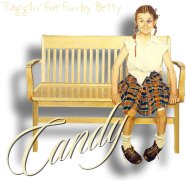

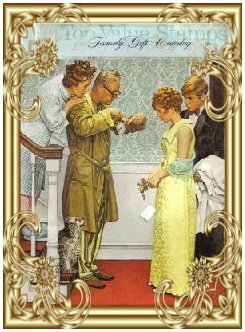
Norman Percevel Rockwell was born on February 3, 1894, the second son of Nancy and Waring Rockwell. He and his brother Jarvis lived in New York City until Norman was 9 years old at which point they moved to the suburban commuter town of Mamaroneck.
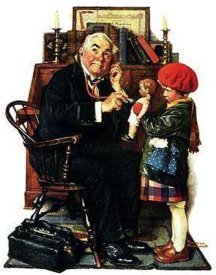
It has often been said that Norman provided a commodity that people could rely on. This is clearly reflected in more than 4,000 illustrations completed throughout his 47 year career. He is best known for his contributions to the Saturday Evening Post for whom he produced 332 covers, beginning in 1916. It is noteworthy that the Post could automatically increase its print order by 250,000 copies when an issue had a cover by Rockwell.
Norman's ability to "get the point across" in one picture, and his flair for painstaking detail made him a favorite of the advertising industry. He was also commissioned to illustrate over 40 books including the ever popular Adventures of Tom Sawyer and Huckleberry Finn. His annual contributions for the Boy Scout calendars (1925 - 1976), was only slightly overshadowed by his most popular of calendar works - the "Four Seasons" illustrations for Brown & Bigelow were published for 17 years beginning in 1947 and reproduced in various styles and sizes since 1964.
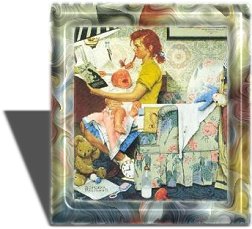
Rockwell made no secret of his lifetime preference for countrified realism . . .
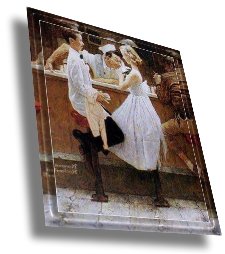
In 1957 the United States Chamber of Commerce in Washington cited him as a Great Living American, saying that..."Through the magic of your talent, the folks next door - their gentle sorrows, their modest joys - have enriched our own lives and given us new insight into our countrymen."

Till we meet again in December,
